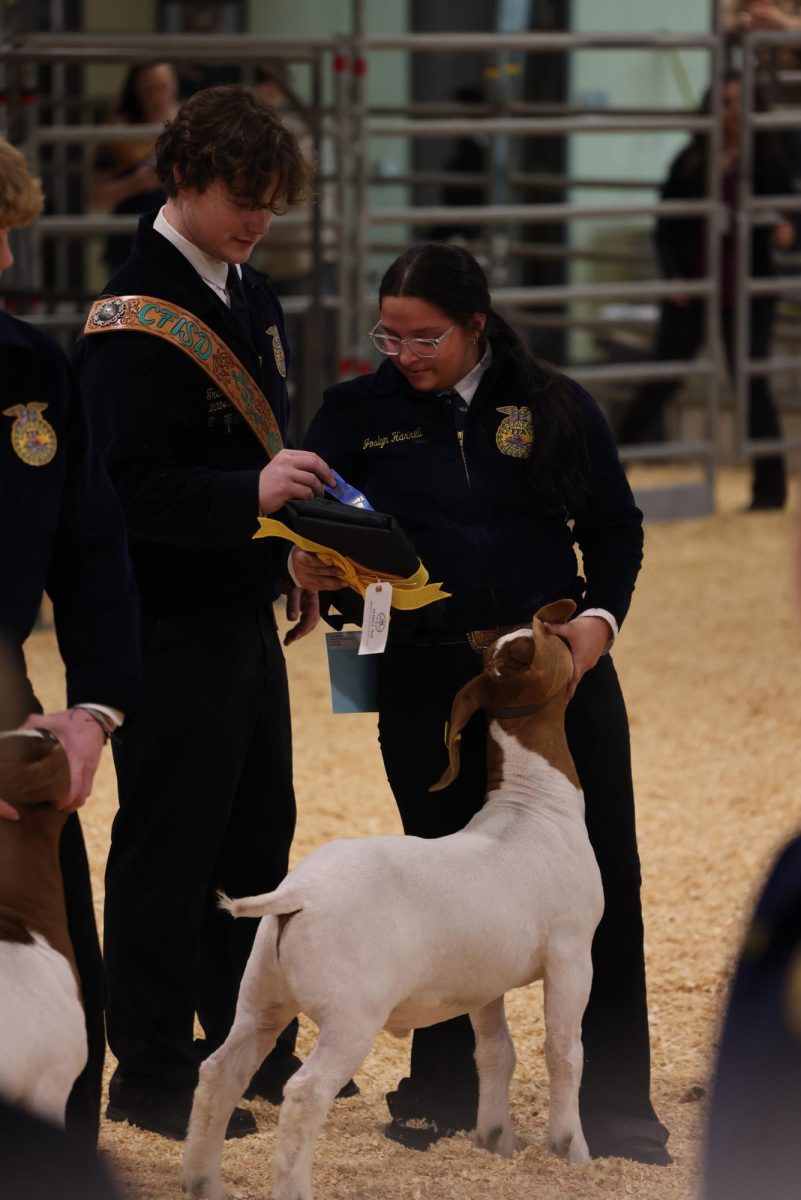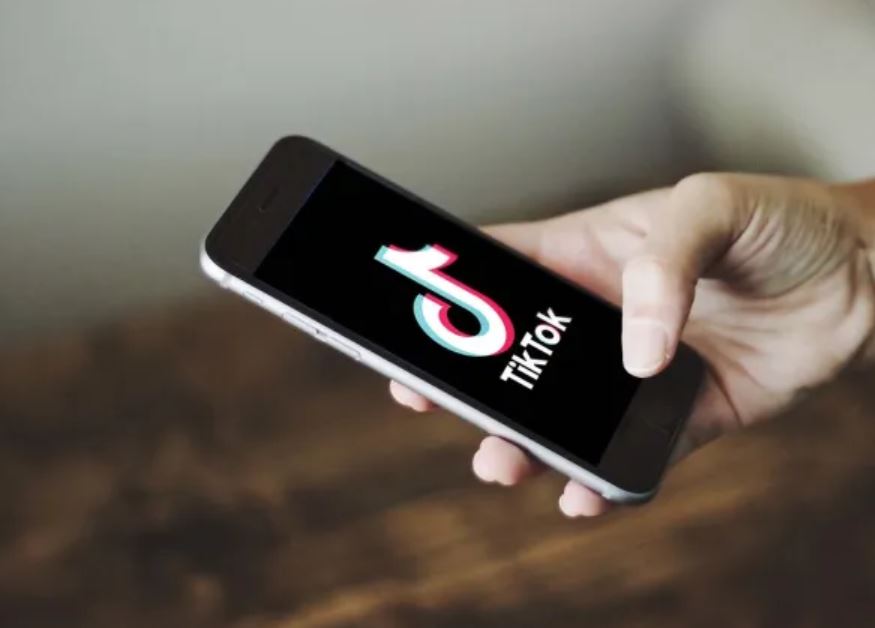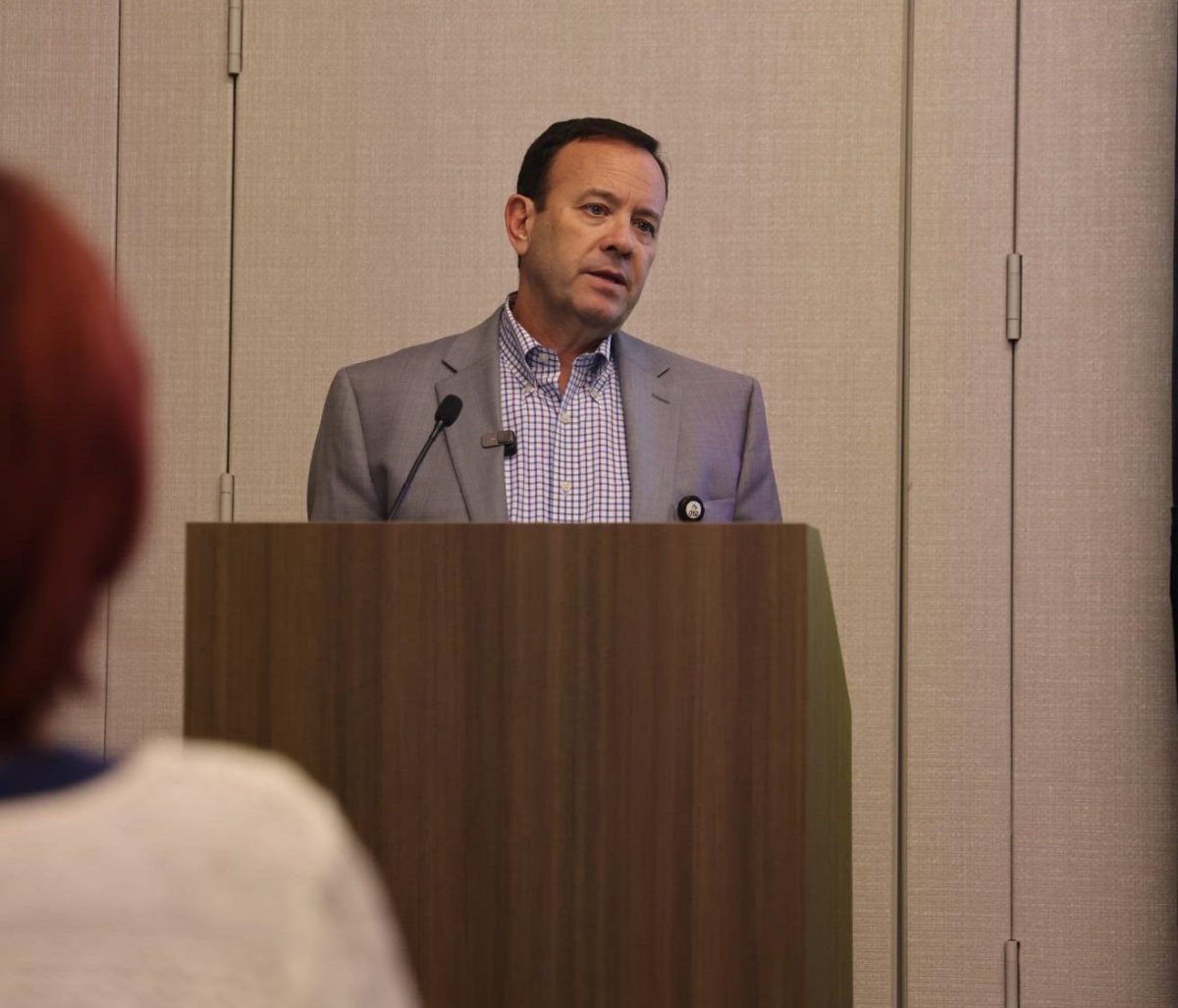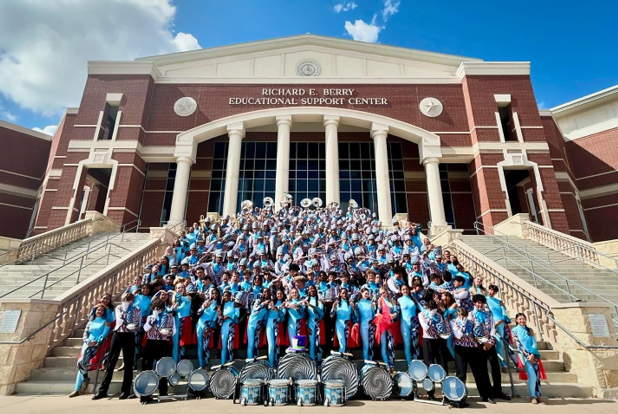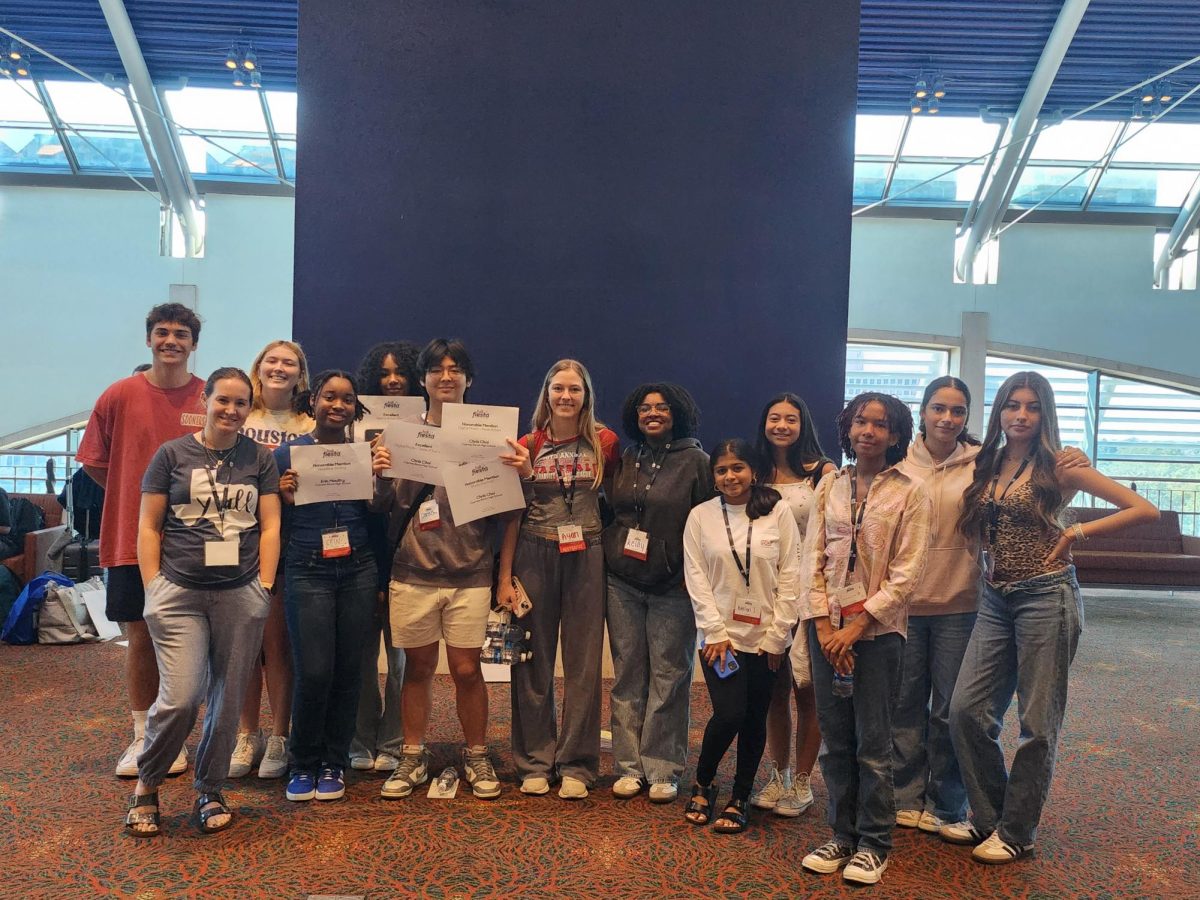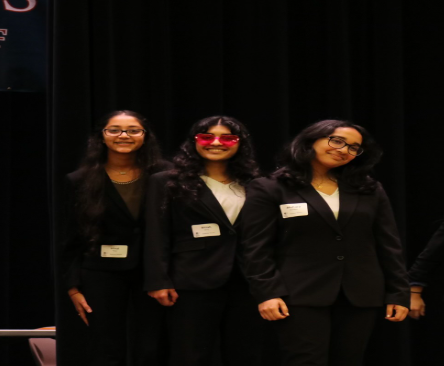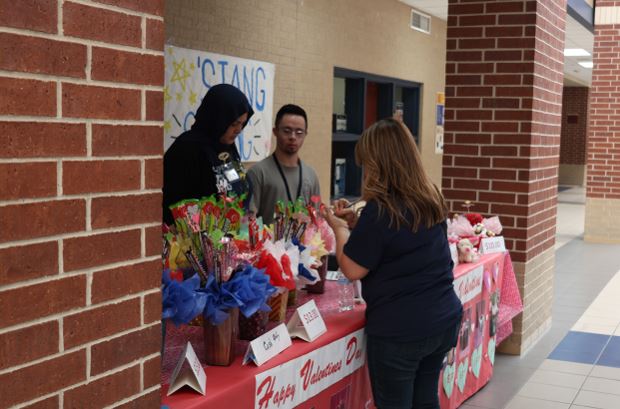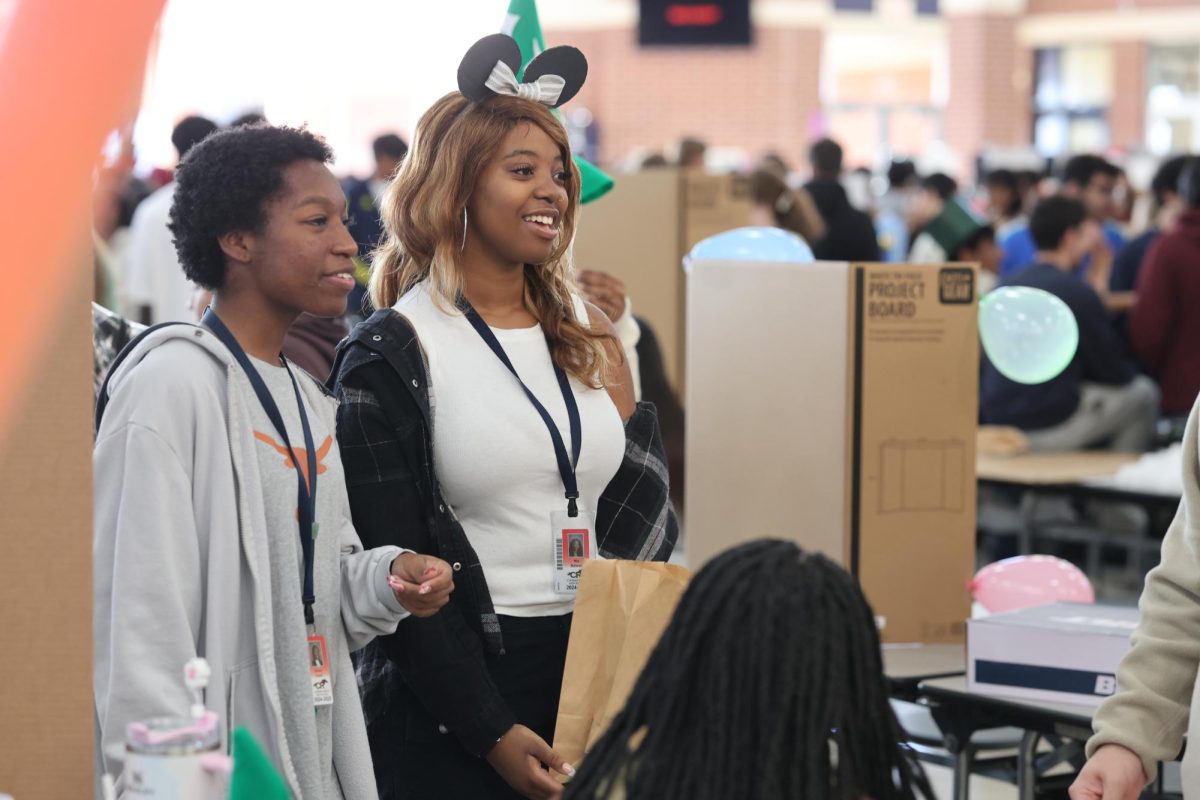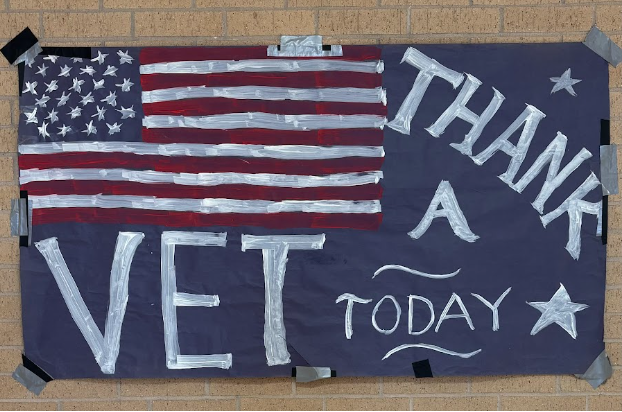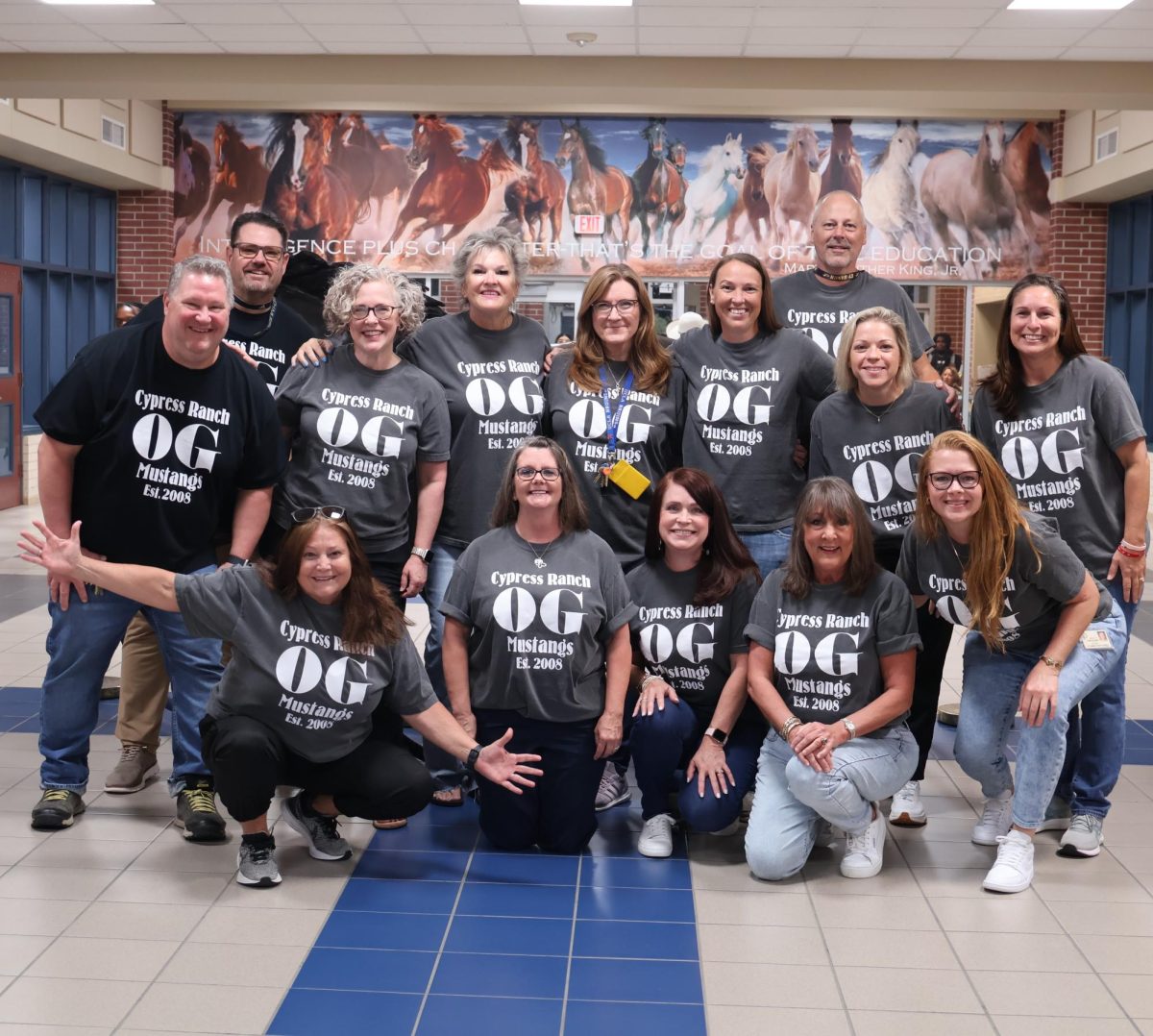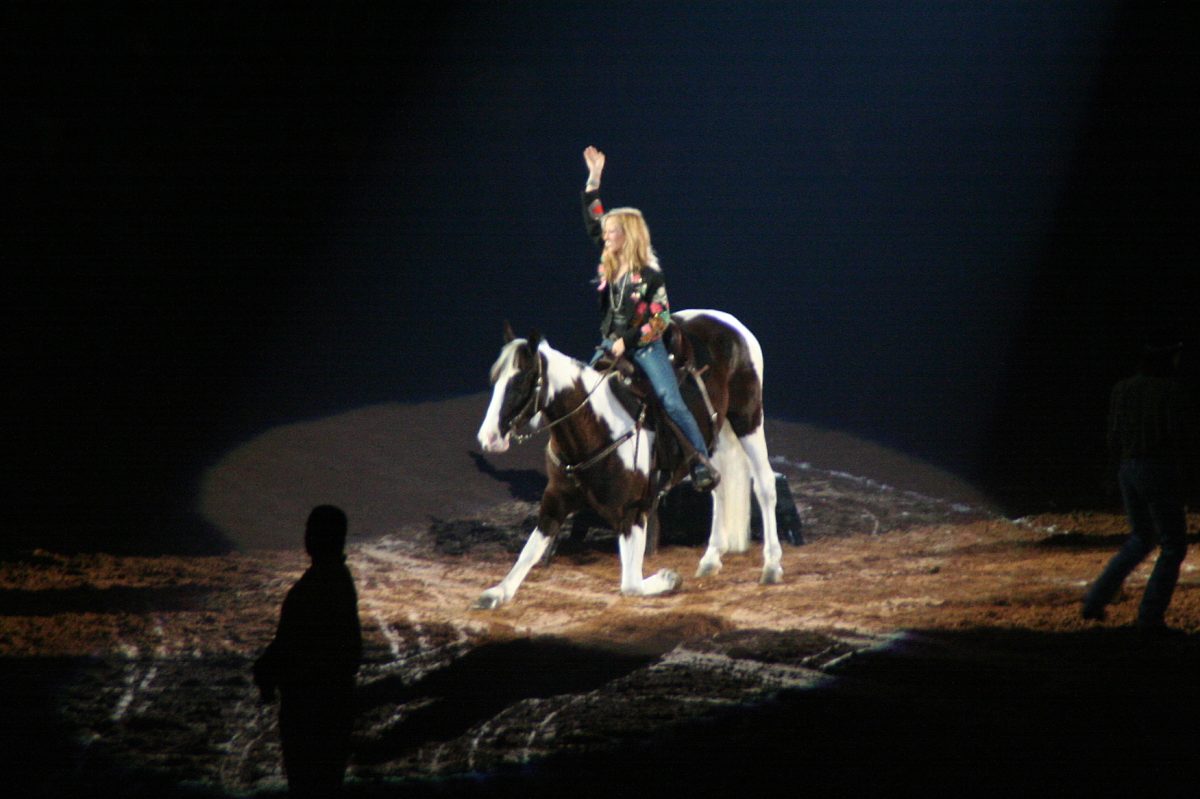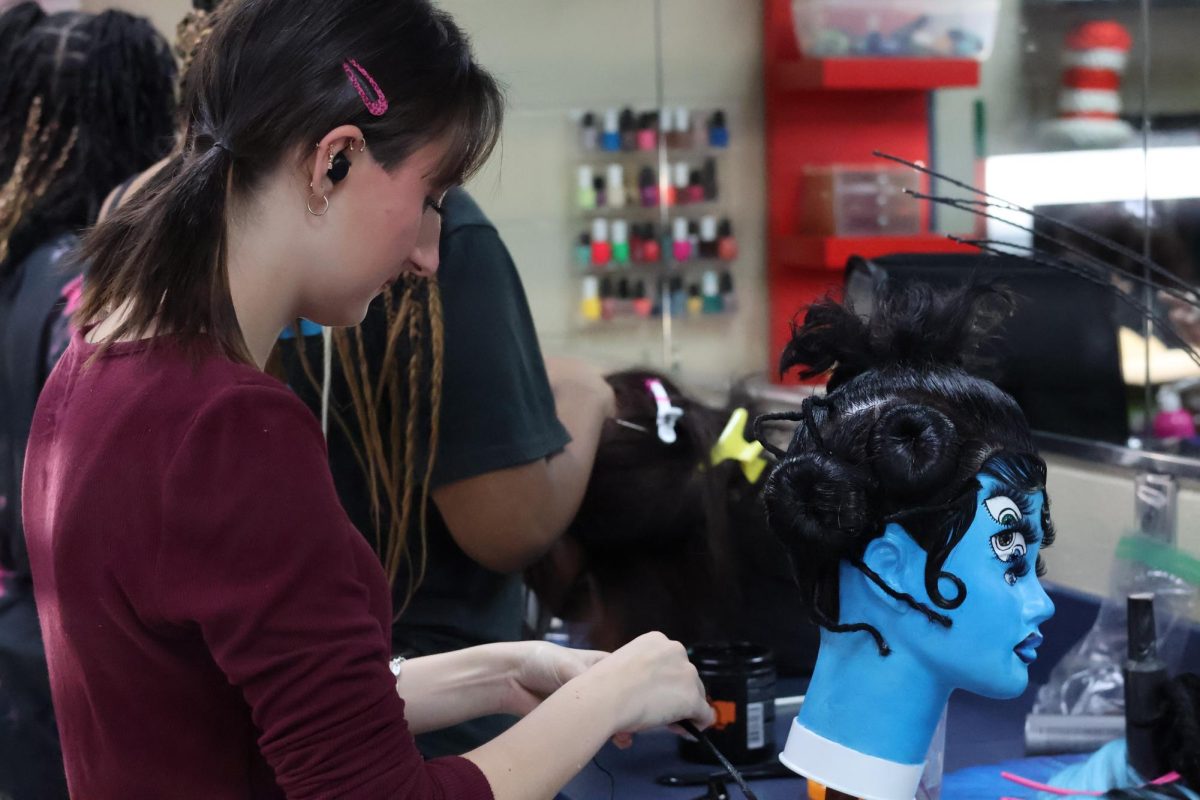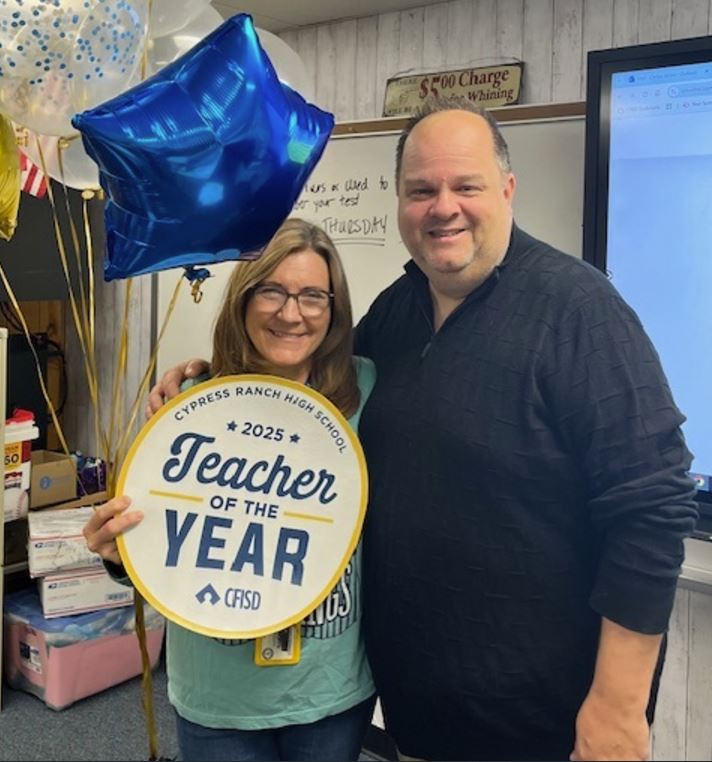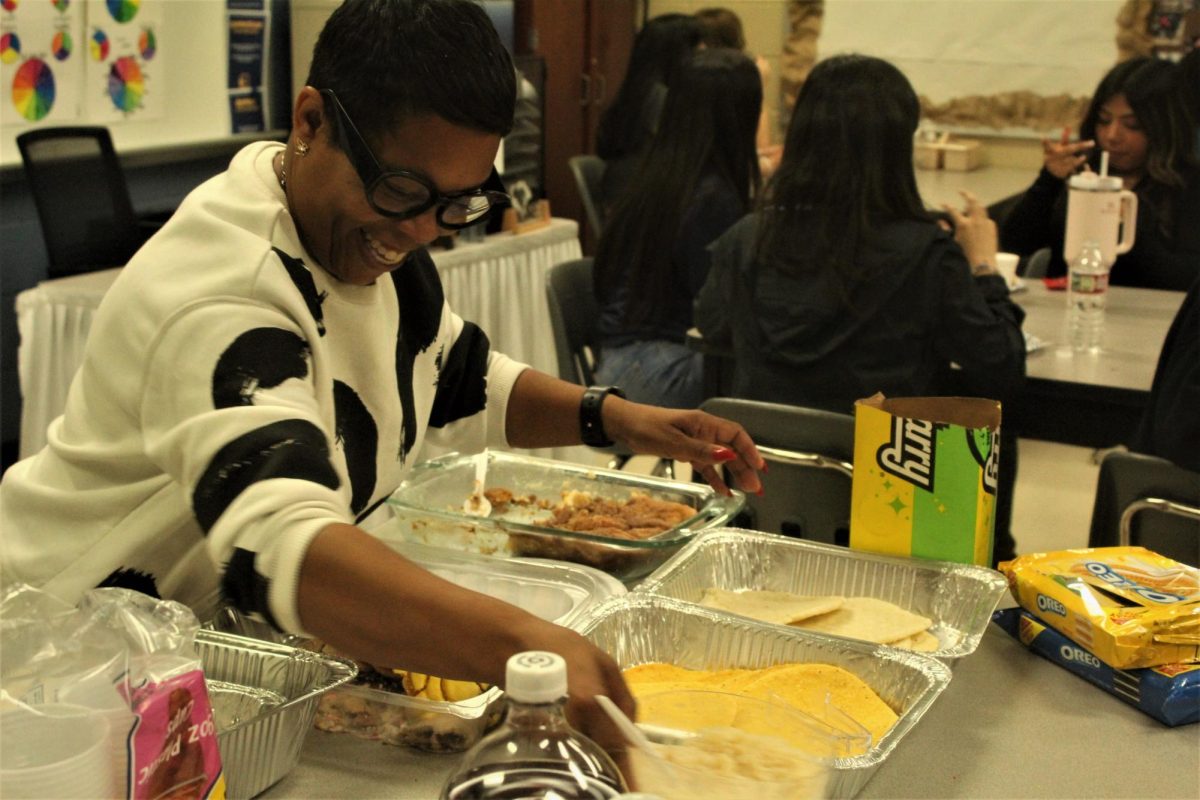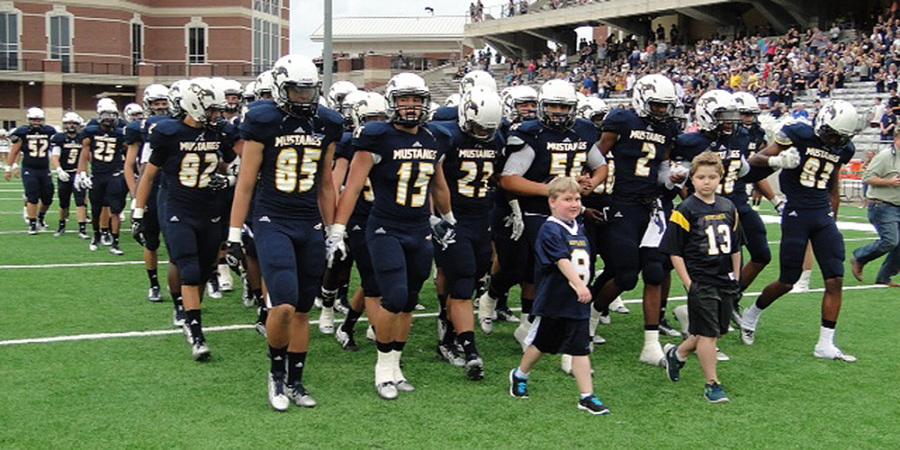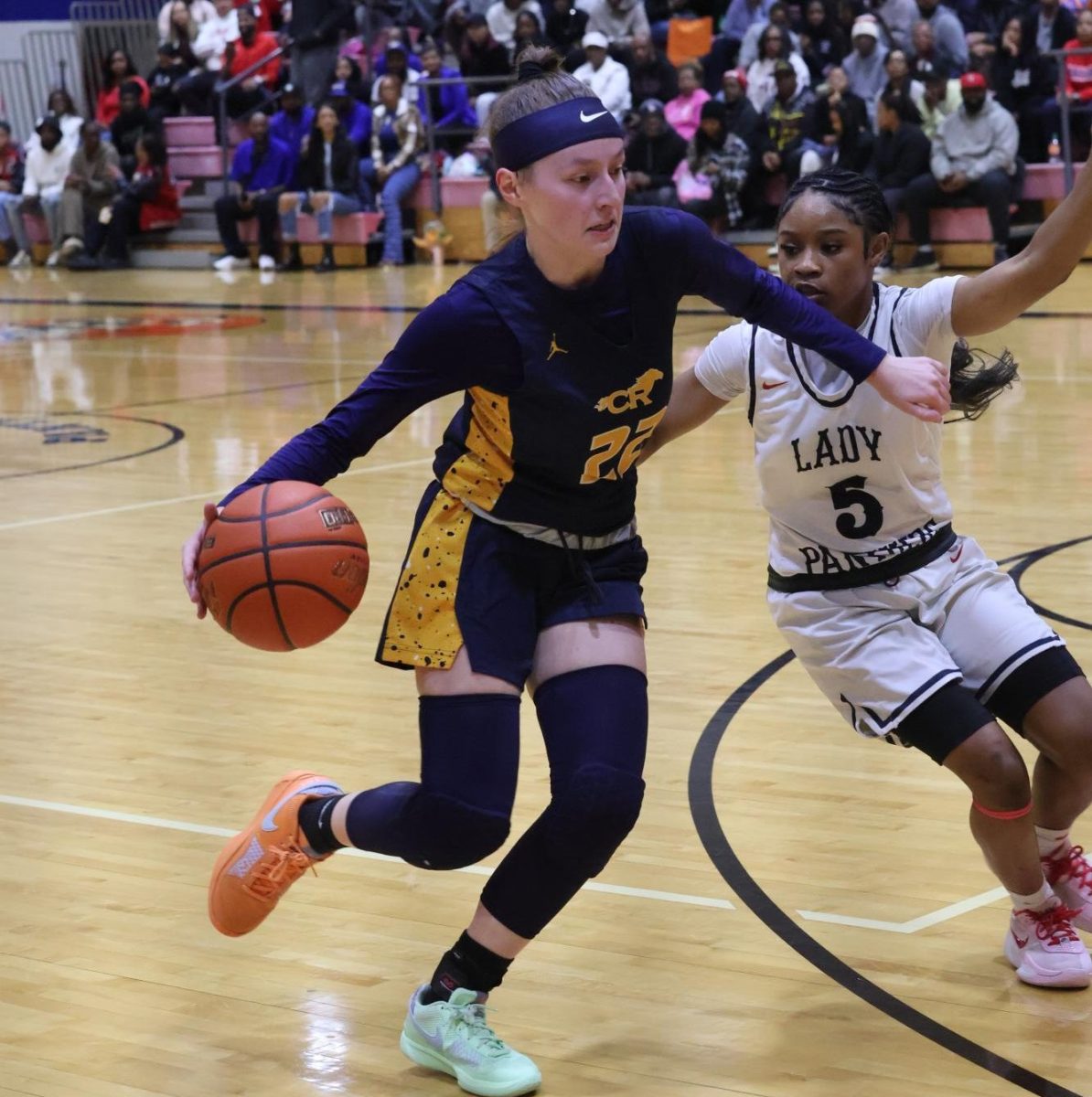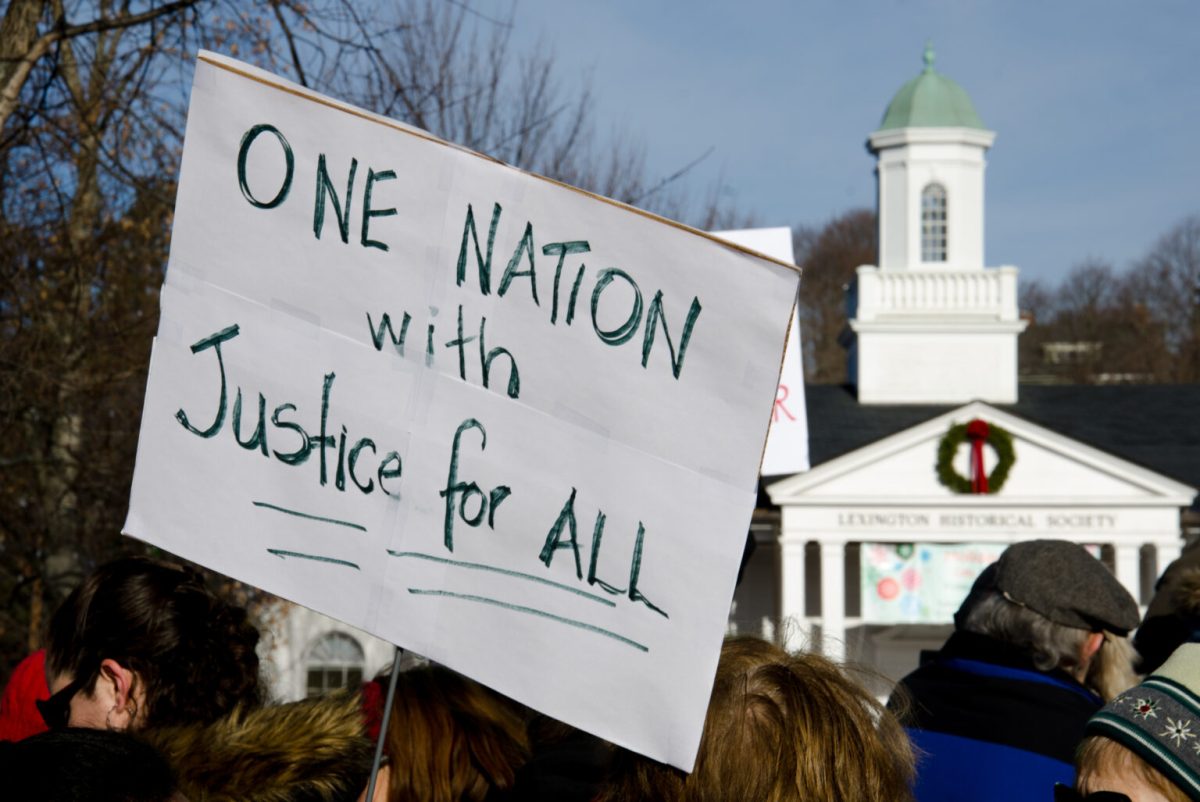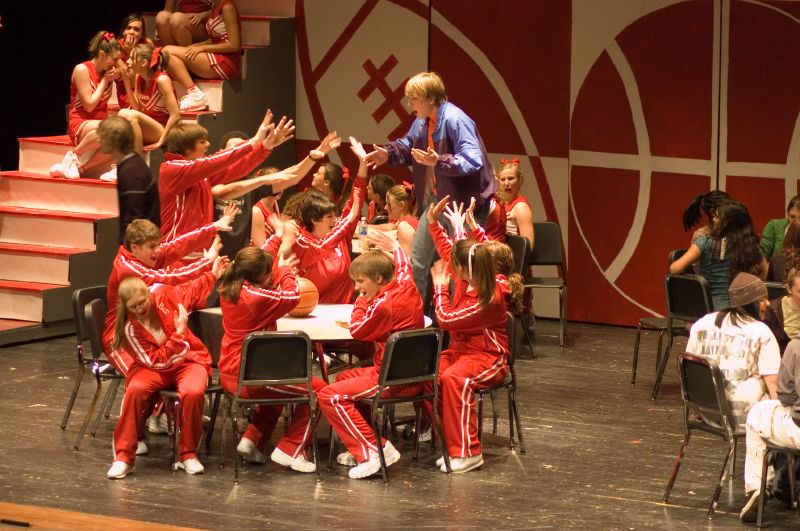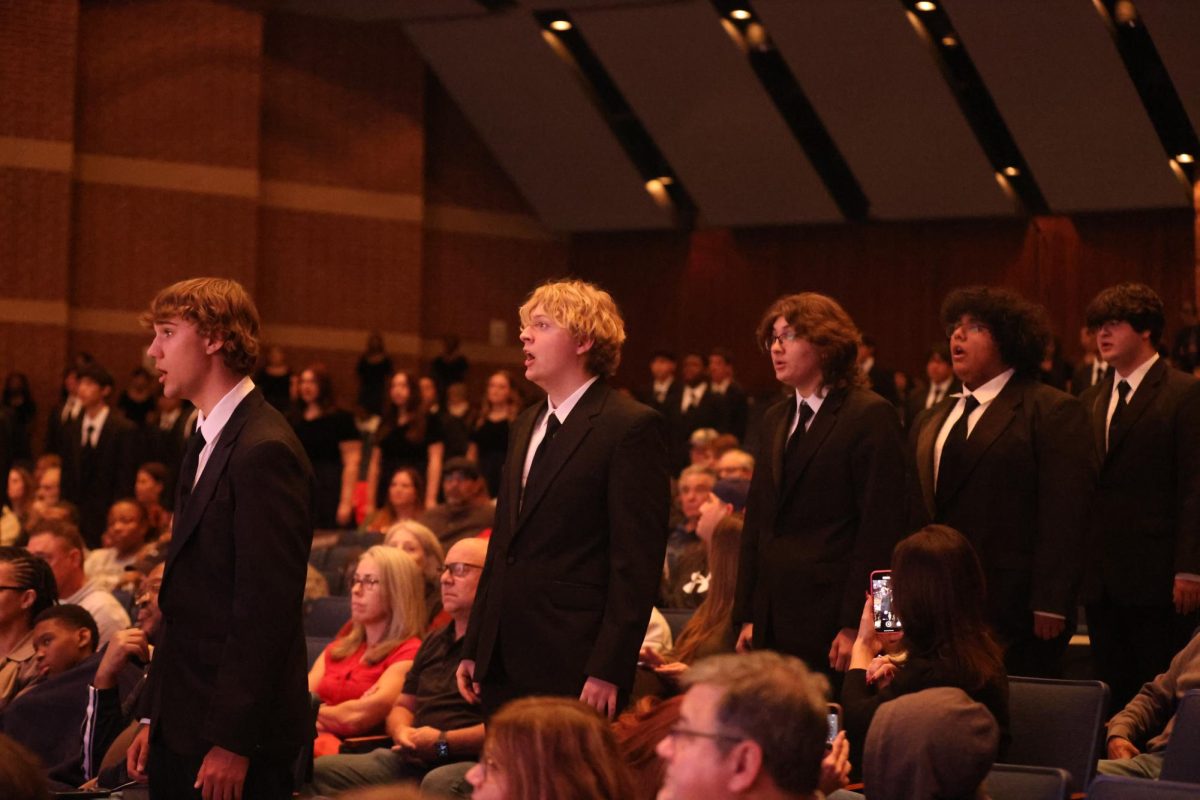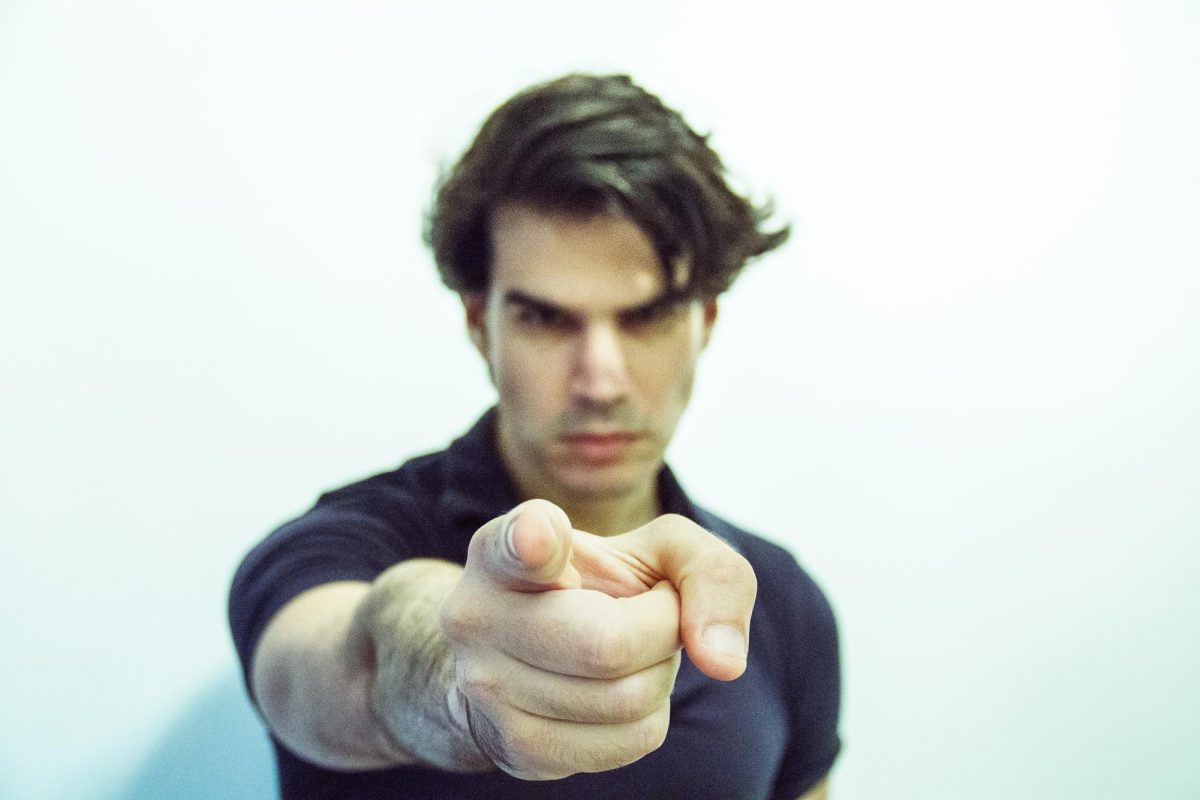From movies to popular TV shows, high school is often portrayed as a place where social groups dictate who you are and where you belong. The idea of stereotypical cliques, the “jocks,” “the nerds,” “the popular kids” and “the rebels,” have been drilled into our minds long before we even set foot in high school. As harmless as it may seem, ask yourself what if these stereotypes are more than just fiction? What if they are shaping our identities, fueling our fears and even encouraging bullying in the real world? The truth is – these clichés are not harmless. They create mental boundaries that trap students in limited roles, which stifle individuality and promote a culture of exclusion. The media and its endless portrayals of high school life have ingrained these cliques so deeply into our psyche that they become self-fulfilling prophecies. As students, we are not only forced to navigate the typical challenges of our high school careers, but we are also tasked with conforming to these outdated and damaging labels.
The Media’s Role
From a young age, children are flooded with images of high school life that are anything but realistic. Movies and television shows often portray schools as divided into strict social groups. These stereotypes are so deeply ingrained that by the time students enter high school, they feel pressured to fit into these predefined categories. It is a blueprint for social behavior. A prime example of this is High School Musical, a film that has become known to many teenagers around the world. The song “Stick to the Status Quo” serves as an anthem for maintaining social order within these cliques.
“Stick to the stuff you know.
It is better by far to keep things as they are
Don’t mess with the flow, no no
Stick to the status quo.”
These lyrics reinforce the idea that stepping outside of one’s assigned role is not only frowned upon but discouraged. This message, while catchy, is problematic because it tells students that it is safer to conform than to be themselves. These stereotypes contaminate young minds that an athlete cannot also be a singer or that a brainiac cannot also be a dancer.
The Fear of Not Fitting In
As students transition from middle school to high school, they often enter this new chapter with their nerves heightened. The fear of not fitting in is bound to happen naturally. If the media teaches us anything, it is that high school is a place where being different can make you a target. The fear of being labeled as “other” leads some students to suppress their true identities and want to blend in rather than stand out. But the reality is that no one truly fits the mold of these stereotypes. Humans are complex, unique individuals, but the pressure to conform to a clique often forces them to hide unique aspects of themselves. The fear of being rejected or bullied for liking something that’s not “cool” enough leads to a feeling where students don’t feel free to express who they really are.
The Dark Side of Cliques: Bullying and Exclusion
The enforcement of these social norms goes beyond just psychological pressure. It regularly manifests in the form of bullying. Cliques form insiders and outsiders, and those who do not fit in that bubble of standards often feel shut out. When students are divided into groups, it often creates an “us vs. them” mentality. For example, the “mean girl” trope being popularized by movies like Mean Girls. The idea that popularity is tied to exclusivity is dangerous, and it is a direct result of the media’s influence on how we view social status. When students see that being “popular” means putting others down, they internalize these behaviors as normal. This not only prolongs bullying but also creates a toxic environment where kindness is undervalued, and empathy is seen as weakness. The cycle is vicious, students bully others to protect their own status within their clique, and the more they conform to these stereotypes, the more comfortable they become in this harmful system.
Solution
So, how do we break free from these clichés? The first step is to recognize that they are just that, clichés. High school doesn’t have to be a place where cliques dominate and individuality is frowned upon. By encouraging students to embrace their uniqueness and challenge stereotypes, we can begin to create a more inclusive environment where everyone feels valued. Students have the power to change the narrative by refusing to conform to these outdated norms and standing up for those who are excluded. In the end, the real high school experience is more diverse than any script can show. It is a place where friendships are formed not because of social status but because of shared interests and mutual respect. It is a place where students should feel free to be who they are without the fear of being labeled or excluded. As we move forward, let’s leave behind the cliques and clichés that have long defined high school life. After all, the status quo is only as powerful as we allow it to be, and in the wise words of Troy Bolton, “We are all in this together.”


